Luxembourg Special Event
From July 1 to the end of the year, 12 operators in Luxembourg will be using the special LX90RTL call sign to commemorate 90 years of Radio Luxembourg.
RTL (Radio Television Luxembourg), which went on the air for the first time in March 1933, was one of the world’s first private broadcasting companies. In 1932, RTL began using one of the most powerful transmitters in the world at the time—the Junglinster Long Wave Transmitter. This transmitter, made up of three steel-framework towers, helped to first demonstrate “The Luxembourg-Gorky Effect,” the term given to describe the phenomenon of a signal showing cross modulation with other radio stations by ionospheric reflection. A powerful transmitter in Gorky, a city in Russia now known as Nizhny Novgorod, produced a similar effect. Based in Luxembourg, the RTL group today is an international media conglomerate that generates a revenue upwards of $7 billion.
Want to be a part of radio history? You can contact LX90RTL operators in HF on CW, phone, digital, and satellite to earn a special event QSL card. Get complete details here.
About Luxembourg
While one of the smallest countries in Europe at 998 square miles (Rhode Island is larger in area), Luxembourg (LX) is no stranger to intensive ham radio activity. With a population of 640,000, this landlocked country in Western Europe is a popular QSO destination, ranking at 292 on Clublog’s DXCC most-wanted list as of June 2023. The country’s amateur operating pursuits are promoted through the Luxembourg Amateur Radio Union (LARU), which was founded in 2014 to coordinate activities such as emergency communications, digital voice and data transmissions, and education. Here is the organization’s website and Facebook page.
OnAllBands Geography Question of the Day
While Luxembourg may be tiny in relation to Europe’s larger land masses, it’s perfectly gigantic compared to a few other European countries. Can you name the handful of European countries that are smaller than Luxembourg in terms of square miles? Here’s a hint: One of them is the second most densely populated country in the world. Answers below.
QSL Cards
The active hams at DX Engineering have had great success contacting Luxembourg over the years (a good reason to contact them for help with your gear if you’d like to do the same). Here are a few of the QSL cards from their collections.
Mark, W8BBQ, DX Engineering customer/technical support specialist, reached LX1NT in January 2013 on 20M SSB.
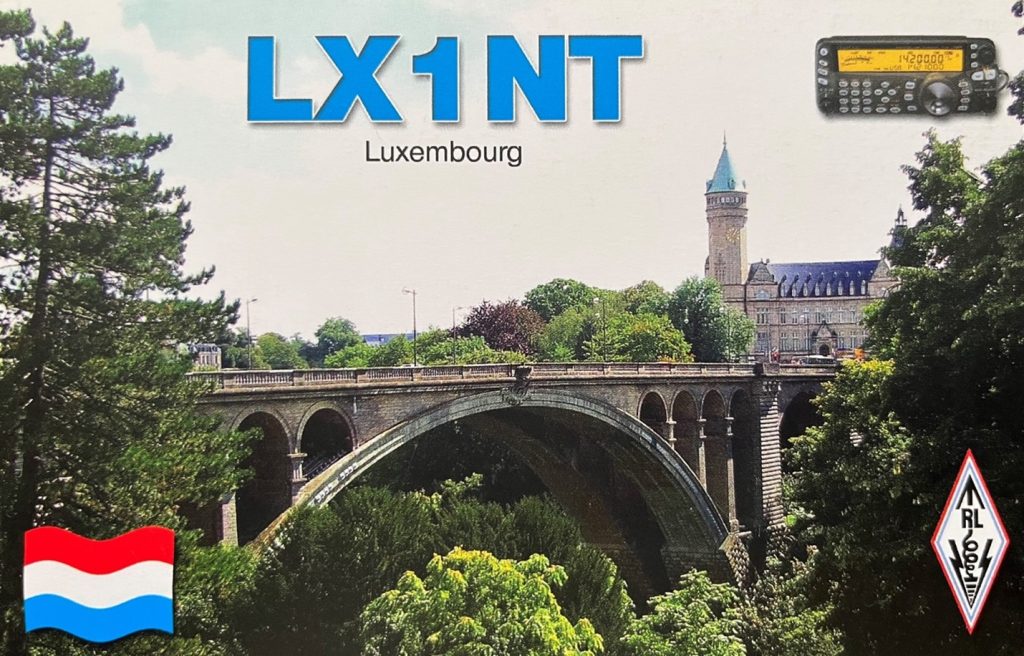
Tom, KB8UUZ, DX Engineering technical writer, has made contact with Luxembourg 34 times over his ham radio career. He earned a QSL card from LX0RL (the club call sign of the Luxembourg Amateur Radio Society) on 10M SSB in 2000. The society is based in Eisenborn, a village in the commune of Junglister in central Luxembourg. The QSL card from LX5A features the Castle of Wiltz in northern Luxembourg. The castle dates back to 1573. Also below are cards from LX7I/LX2A and LX1NO.
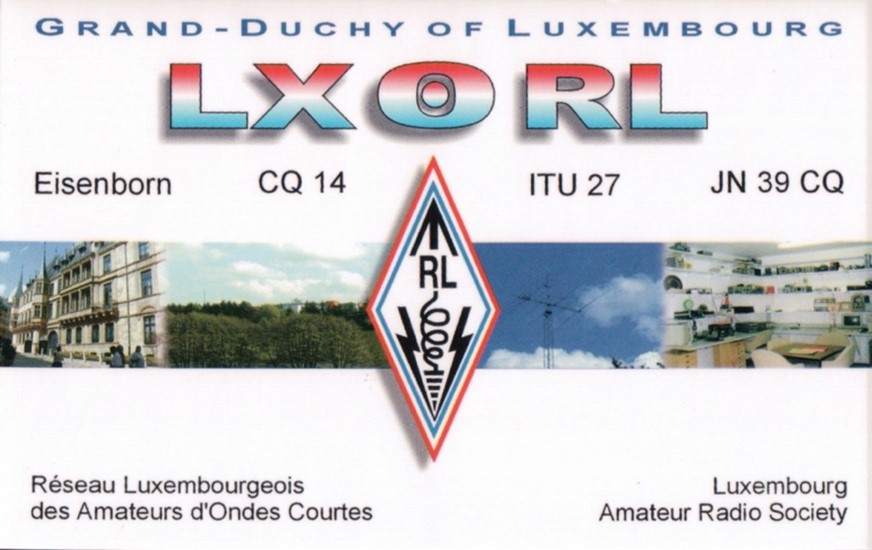
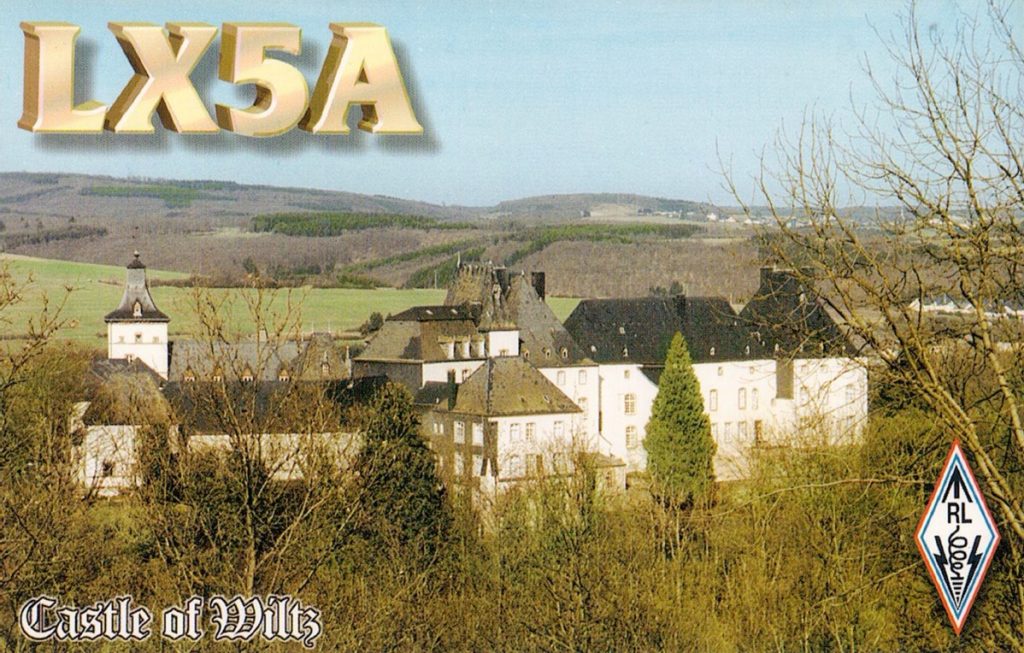
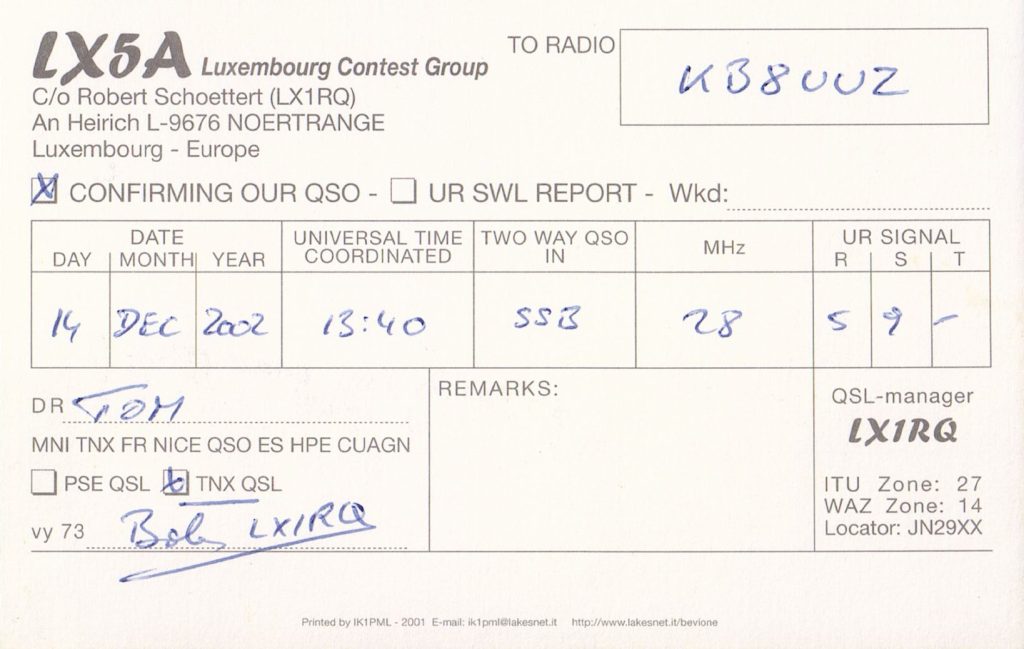
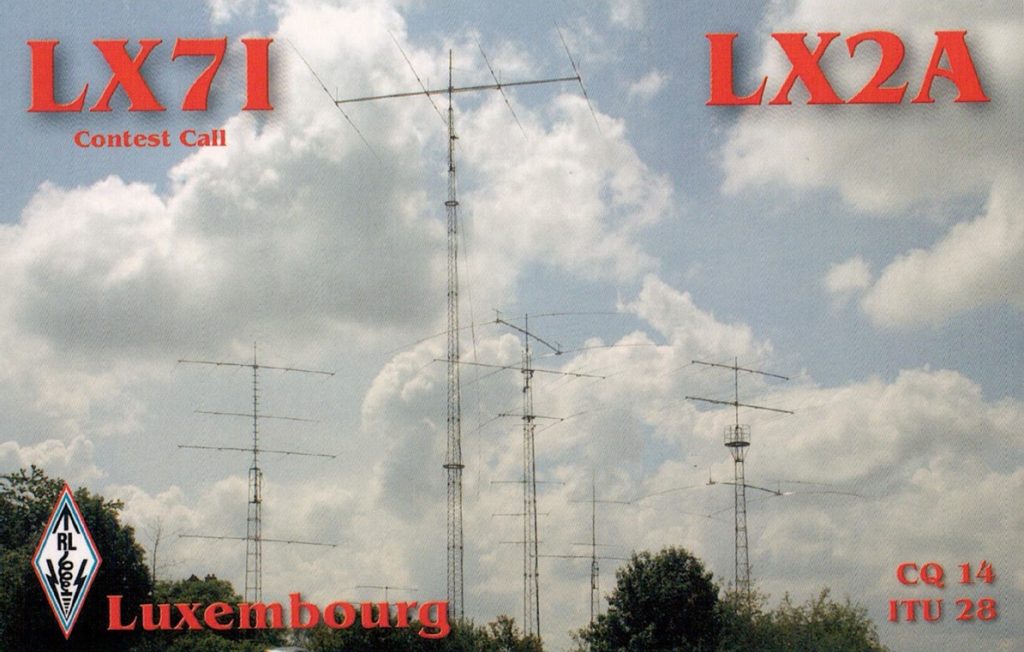
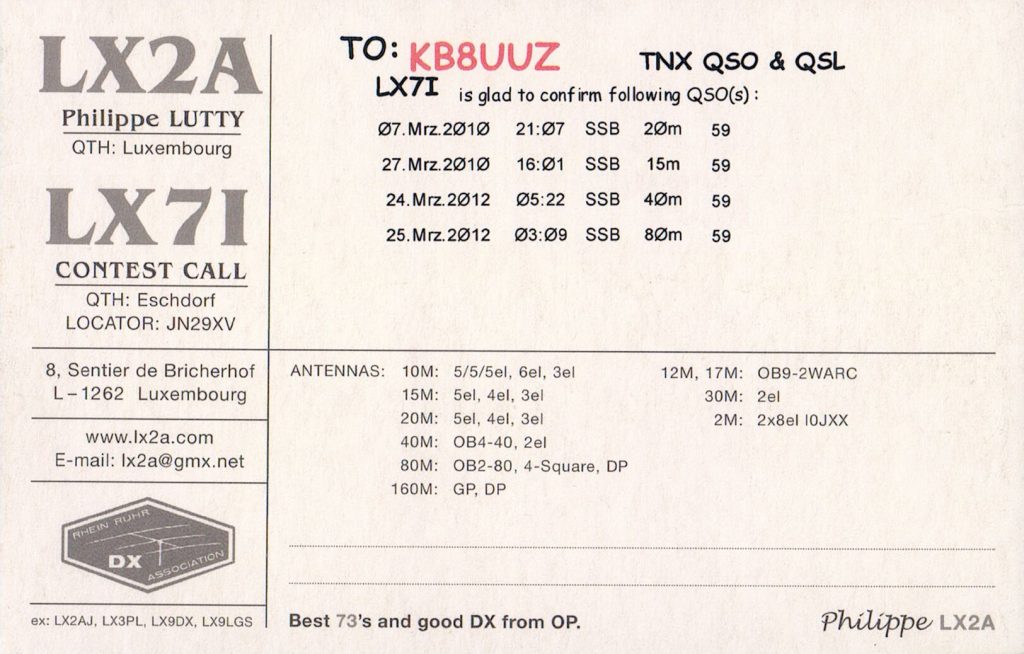
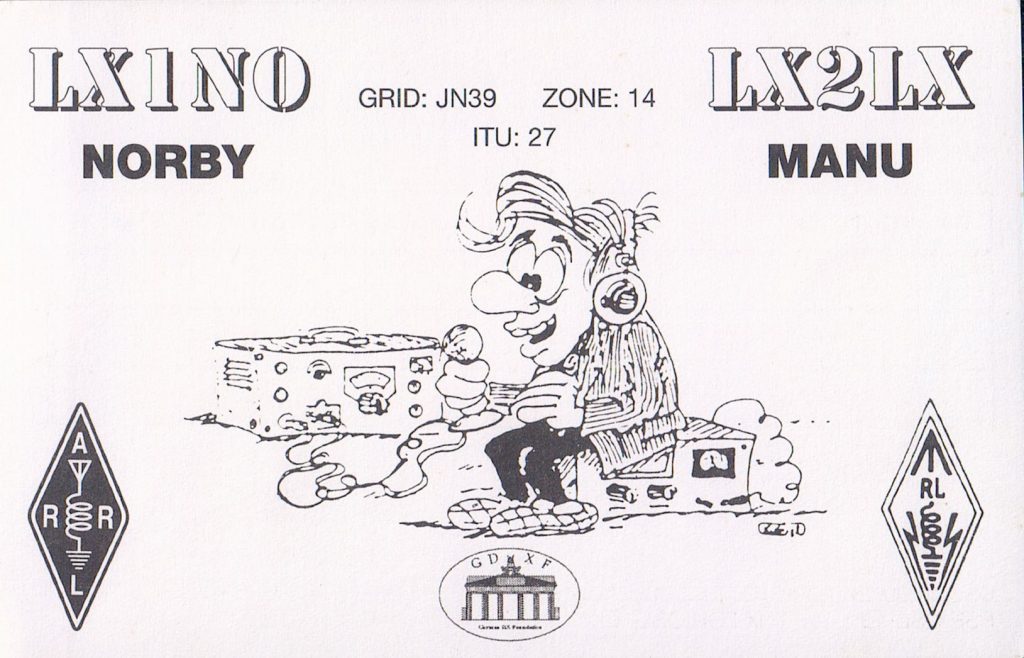
Dave, K8DV, DX Engineering customer/technical support specialist, worked LX8DL on 20M RTTY back in September 2008.
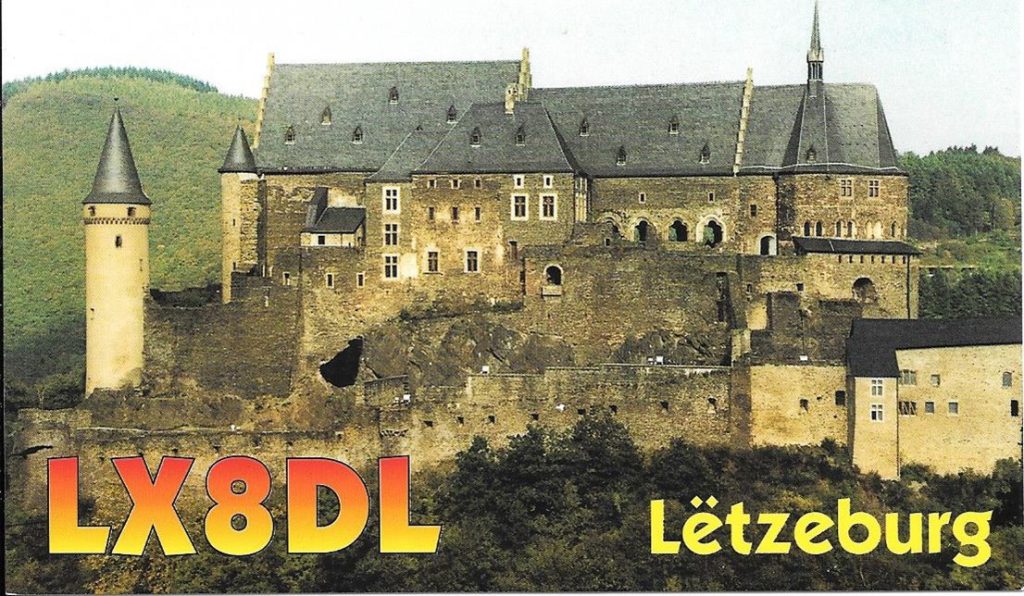
Scott, N3RA, DX Engineering sales manager, made CW and RTTY contacts with LX1HD and LX5A.
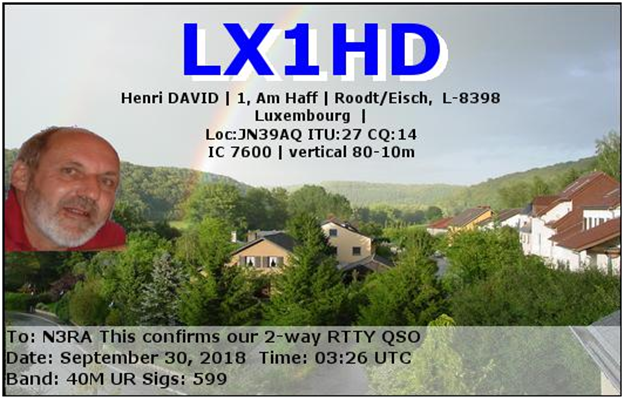
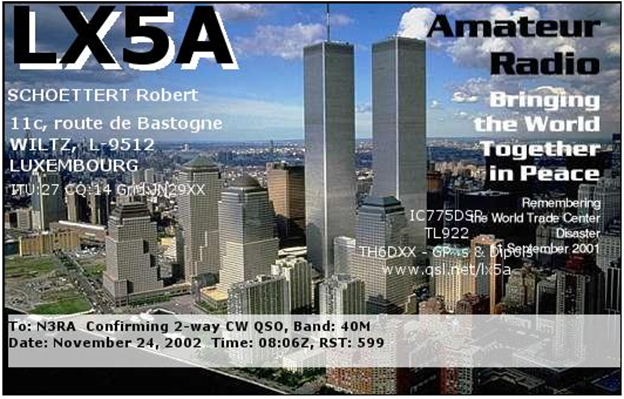
George, K3GP, DX Engineering customer/technical support specialist, made a 15M RTTY contact with LX1JH back in September 2000.
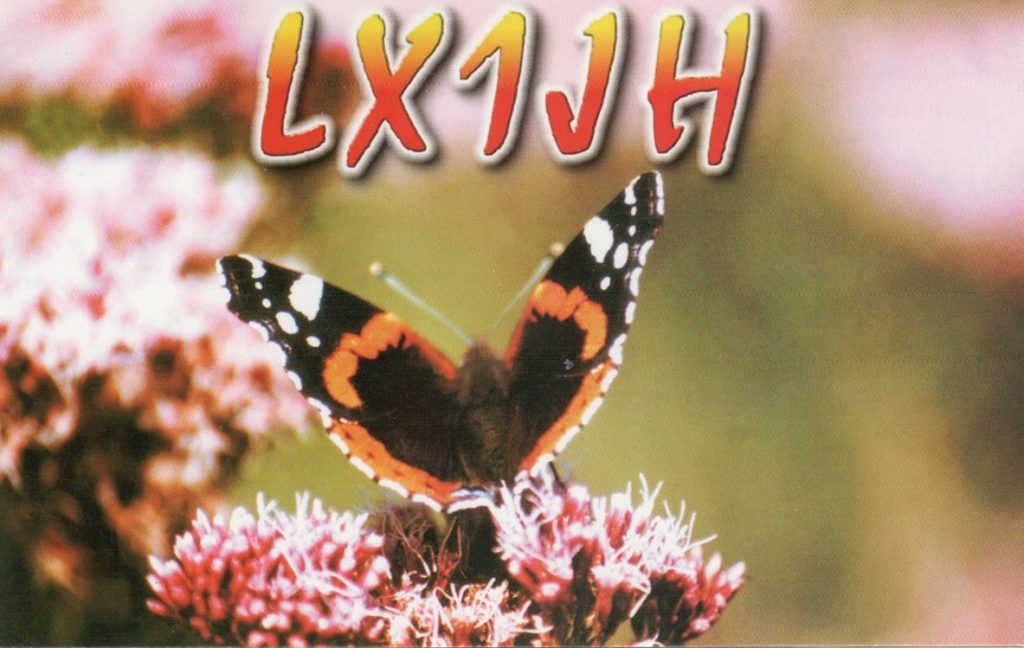
“I’ll take Small European C0untries for $1,000, Mayim.”
Back to our geography stumper. Luxembourg is one of the smallest countries in Europe in terms of square miles. What European countries are even smaller? According to worldpopulationreview.com, here are the answers followed by their square mileages:
- Andorra, 181
- Malta, 122
- Liechtenstein, 62
- San Marino, 24
- Monaco, 0.78 (second most densely populated country in the world)
- Vatican City, 0.19
Want to upgrade your DXing capabilities? Find everything you need at DX Engineering, including transceivers, amplifiers, antennas, headsets, and more.
Editor’s Note: Every month, DX Engineering features QSL cards from our team members’ personal collections. To highlight upcoming DXpeditions, we’ll be displaying a few of our favorite cards along with details about what it took to make these contacts. We’re excited to share some of the special cards pulled from the thousands we’ve received over the years. We look forward to seeing your cards as well!

